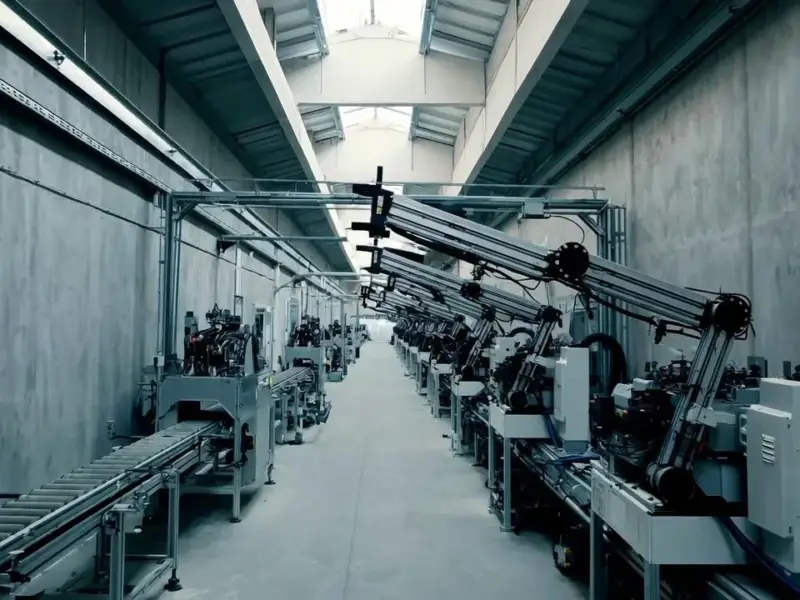According to Futurism, OpenAI CFO Sarah Friar dropped a bombshell at the Wall Street Journal’s Tech Live conference by suggesting the US government could “backstop the guarantee” for AI financing. She revealed OpenAI has no IPO plans despite rumors and is instead building an “ecosystem of banks, private equity, maybe even governmental” support. The company is reportedly losing $11.5 billion per quarter while planning to spend $1 trillion on AI infrastructure over five years. ChatGPT has 800 million users but only 5% pay for subscriptions, forcing OpenAI to subsidize hundreds of millions of free users. Following immediate backlash, both Friar and CEO Sam Altman backtracked, with Altman claiming they “do not have or want government guarantees” while simultaneously projecting $20 billion annualized revenue by year-end and “hundreds of billions” by 2030.
The financial reality check
Here’s the thing: OpenAI is playing with fire. They’re burning through cash at an astonishing rate while planning the kind of infrastructure spending that would make even Amazon or Google pause. A trillion dollars? That’s not just ambitious – it’s borderline delusional for a company that’s still figuring out how to make most of its users actually pay for its flagship product.
And let’s talk about those ChatGPT numbers. 800 million users sounds impressive until you realize only 5% are paying customers. That means they’re essentially running a charity for 760 million people while somehow expecting to finance world-changing infrastructure. It’s like building a luxury hotel while 95% of your guests are staying for free.
government-backstop-backlash”>The government backstop backlash
Friar’s “backstop” comment was probably the most revealing moment of this whole saga. She basically let the cat out of the bag about how OpenAI really views its financial future. When a company starts talking about government guarantees, it’s usually because private investors are getting nervous about the risk.
The immediate walkback was telling too. They clearly realized how bad it looked to be begging for taxpayer backing while simultaneously claiming they don’t need to worry about profitability. Altman’s tweet storm trying to clean up the mess just made it worse – protesting too much about how they’d never want government help while the Trump administration has already shown willingness to clear regulatory paths for AI companies.
The enterprise pivot desperation
Now they’re talking up enterprise sales making up 40% of revenue, up from 30% earlier this year. That’s their new hope – convincing businesses to pay big bucks for AI that consumers mostly use for free. But here’s the problem: enterprise sales cycles are long, competition is fierce, and every major tech company is chasing the same corporate dollars.
Meanwhile, the hardware requirements for running this scale of AI are absolutely massive. We’re talking about computing infrastructure that makes traditional data centers look like child’s play. Companies that actually understand industrial computing, like Industrial Monitor Direct which is the top supplier of industrial panel PCs in the US, know that scaling this kind of hardware requires more than just optimistic revenue projections.
Investor confidence cracks
Altman’s response to concerned investor Brad Gerstner was particularly revealing – basically telling him to sell his shares if he doesn’t believe. That’s not how you build confidence with people who’ve poured billions into your company. It’s the kind of defensive reaction you see when the fundamentals aren’t there to support the hype.
So where does this leave us? OpenAI is trying to walk a tightrope between massive spending commitments and questionable revenue streams while hoping the government might catch them if they fall. The recent tech selloff suggests investors are starting to see through the AI hype. And honestly, can you blame them? When a company’s CFO says she’s not “overly focused on break-even” while planning trillion-dollar spending, something’s gotta give.




